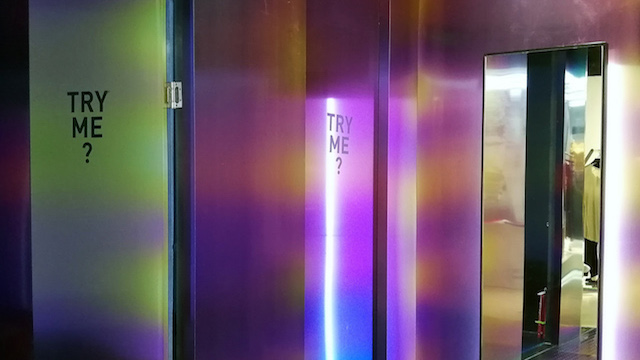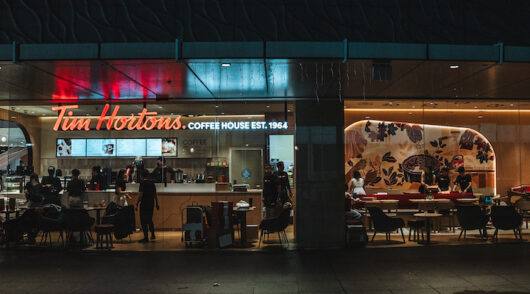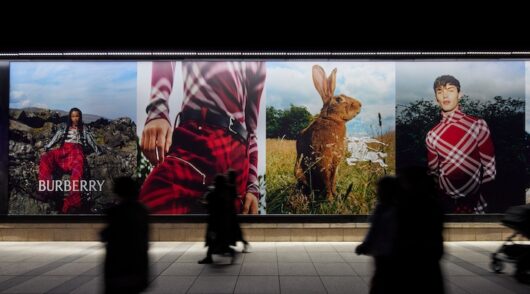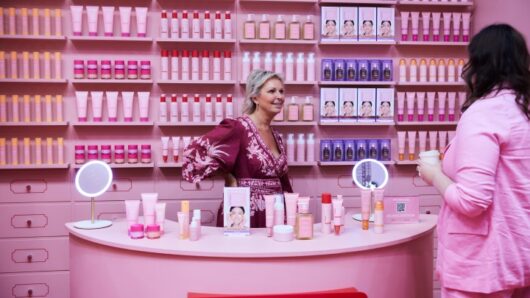Why do customers walk into a fitting room when they are in a retail space? The answer is logical: because they have found a piece of clothing they like – and it should be considered a sure sign of purchase intent, even if the customer does not buy what they try.
This small but mighty area of a retail store is actually the room where purchase decisions are made.
Yet, far too many retailers still tend to overlook the importance of fitting room design. So here are some fresh ideas to help retailers boost sales through intelligent fitting-room design…
How fitting rooms affect sales
Let‘s start with some numbers and hard facts. First and foremost, the fitting room area is one of the most significant advantages brick-and-mortar retailers have over online retailers. Whereas online, one in five shoppers return their purchased items, in brick-and-mortar stores, fewer than one in 10 customers return purchases. Returns usually result in costs for any retailer – online or offline, so it is important for retailers to minimise the potential for returns. Here’s where an effective fitting-room design can play a part.
Research shows that shoppers who use fitting rooms are seven times more likely to make a purchase than browsers who do not. Not only that, but if the customer has a good experience with a sales assistant in the fitting rooms, they can buy up to three times as many items in one transaction. Combine those figures and you can estimate that 70 per cent of all purchasing decisions in your store are made in the fitting room.
Design can influence the buying decision
Most retailers already recognise the importance of size, colour and lighting in fitting rooms. So let’s take a closer look at other design features.
A fitting room represents the most intimate area of your store. This is a place where your customers take off their clothes, hoping to try on a new piece of clothing which makes them look and feel good. Here is where design can play a part in that feel-good factor – after all, it is not just about the clothes.
Take one simple example: remember how uncomfortable you feel when you think you are over- or under-dressed for an occasion. Similarly, if a fitting room design fails to provide the shopper with a character and flare that matches the clothes, the customer can experience the same uncomfortable feeling. An uncomfortable environment can lead the customer to feel something ‘does not look right’. The result: the customer decides against making a purchase and the retailer loses a sale.
How to create the perfect fit
We found some great examples of fitting rooms in Mainland China.
INXX represents a forward-thinking, boundary-shattering exploration of how the genres of streetwear, sportswear and high-end fashion can be reconstructed, reinterpreted and recombined. Through this cool and futuristic fitting room design, the Chinese street-fashion brand not only encourages shoppers to try on their clothes but had also created an atmosphere which is towards their target market.
With design concepts such as these, it is no surprise the brand has enjoyed continued success over the years. INXX was founded in Guangzhou in 2013 and in less than five years opened 54 stores in 17 Chinese cities. This is a brand we can all learn from.
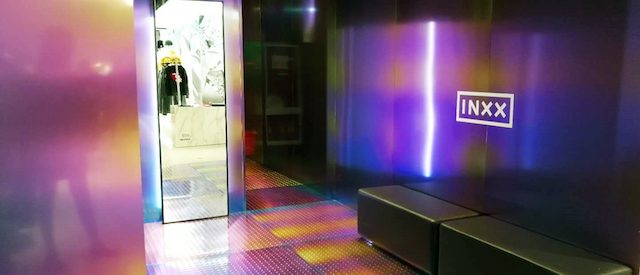
Lululemon is a Canadian brand that sells fashionable and high-quality yoga clothing and athleisure wear. One of the brand’s core values is mindfulness.
Lululemon describes its mission as: “Our manifesto is one way we share our culture with the community. It’s an evolving collection of bold thoughts that allow for some real conversations to take place.”
Lululemon cleverly uses the fitting room area as a platform to express some of these bold thoughts through its design. Positive affirmation statements frequently used in yoga are integrated in the fitting room design, illustrating how fitting-room spaces can also reflect fundamental brand values.
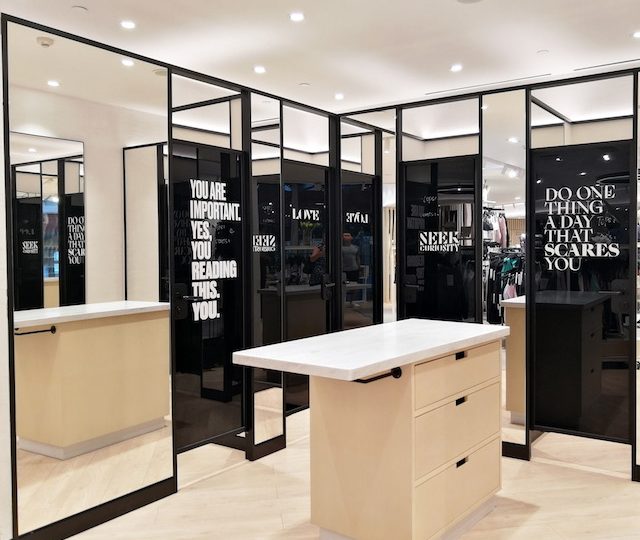
So, when adopting slogans and other statements within the design of your fitting rooms, be sure to choose the “perfect fit” for your brand.
Fitting rooms are a significant advantage for brick-and-mortar stores over online alternatives. Some brands which sell mainly online have begun to recognise this and are finding effective ways to deliver an offline customer experience.
One of these brands is Jooos, which has combined offline and online experiences by providing the Top 100-selling fashion brands on Tmall with a retail space to showcase their products.
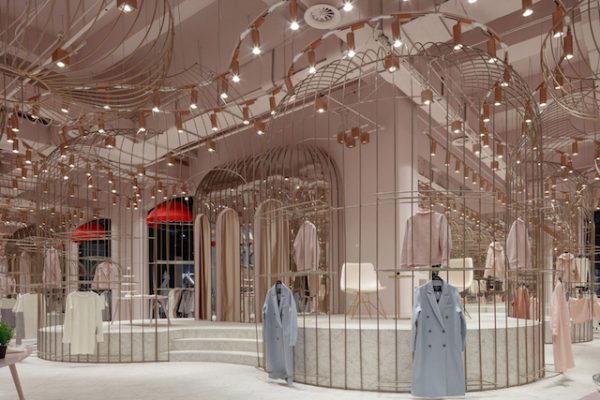
The design of the fitting-room space here is interesting, because it is located in the centre of the store. Additionally, the exclusivity of the products is highlighted by a small staircase: customers literally have to walk upstairs to reach the fitting room, leaving them feeling “special” when they arrive there.
Remember, in any fashion store, the fitting room marks the final barrier retailers need to draw a customer beyond in order to achieve a sale. So make that space count.
- Marelene Maria Schimak and Lucy Hu work at 5 Star Plus Retail Design (Beijing).
- This feature originally appeared in the Inside Retail Hong Kong’s magazine edition, available by subscription in digital or print versions.

